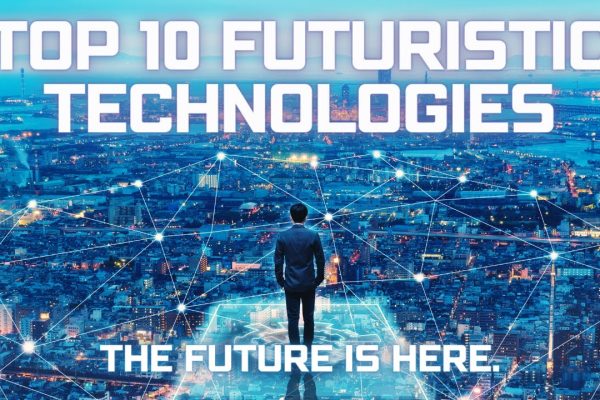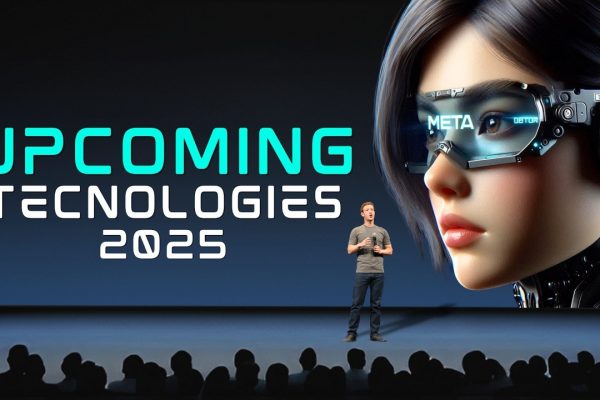
Top 10 Breakthroughs in Quantum Physics That Changed Everything 🌌⚛️
Quantum physics has shattered our understanding of reality, revealing a universe far stranger than science fiction. From particles that teleport to cats that are simultaneously alive and dead, these discoveries have rewritten the rules of existence. Here are the 10 most mind-blowing quantum breakthroughs that transformed physics—and our perception of reality itself. 1. Quantum Superposition (Schrödinger’s Cat)…



